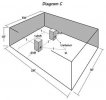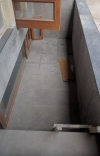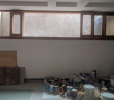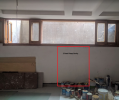Yes, some years ago, 3 persons in my group of (Indian) audiophile friends bought Power Regenerators from PURE POWER Canada.
The initial reaction was very positive... lower background noise and therefore easier to hear micro-transients and detail.
However, after about 3 months, one of them Switched back to a direct connection to the Mains supply (he was rearranging his rack) and he realised that the Power Regen was not allowing full expression of Macro Dynamics. The lower noise floor etc initially observed just did not seem to stand out as much on second listen...
He spoke about this on our group and went and visited again.... Result, all 3 Pure Power Regens were sold.
PS Audio also makes some elaborate (and hefty) Power Regens. You can set the power frequency, and even fluctuate the frequency a little... PS Audio says it helps demagnetize components in the chain. The Regen works as stated and there is an informative LCD display to show input and output parameters. Again some of us believe that Macro dynamics are curtailed. I do have a friend who continues to use his PS Audio.
Hence, YMMV

P.S: I must highlight that the Power ReGenerators from PURE POWER & PS Audio are full fledged Class AB amplifiers, that amplify a 50 Hz signal to the mains voltage, to feed Audio Equipment. They are Large & Heavy, and deliver amplifier like performance, in terms of low distortion and low noise. Like Class AB amplifiers, they are electrically in-efficient and generate a LOT of heat.
Power Inverters that generate a square wave (or a stepped sine wave) pale in comparison to the above mentioned Re generators.
Solar Panels will ALWAYS use square wave or pseudo sine wave conversion, to ensure high efficiency (ie to ensure that max possible solar power generated and stored in the batteries is converted into 240 Volts compatible electricity for home appliances). So no matter how over rated you select the Power Inverters, the quality of mains power generated will be shabby by audiophile standards..... Power Inverters are designed for high efficiency, not the cleanest power.





